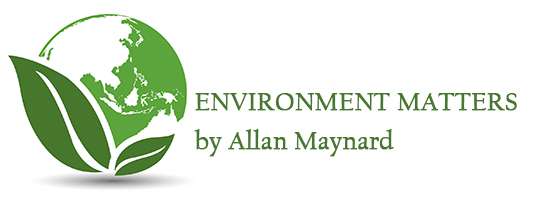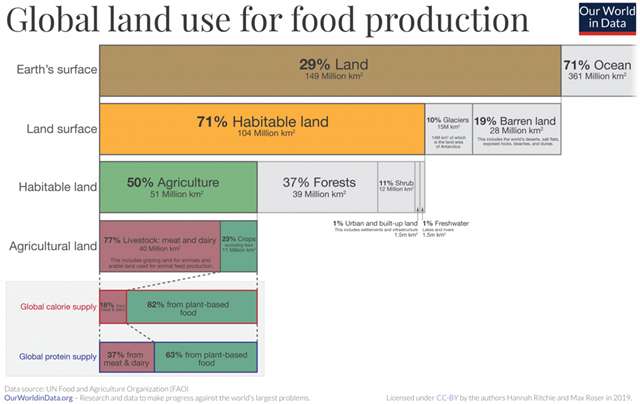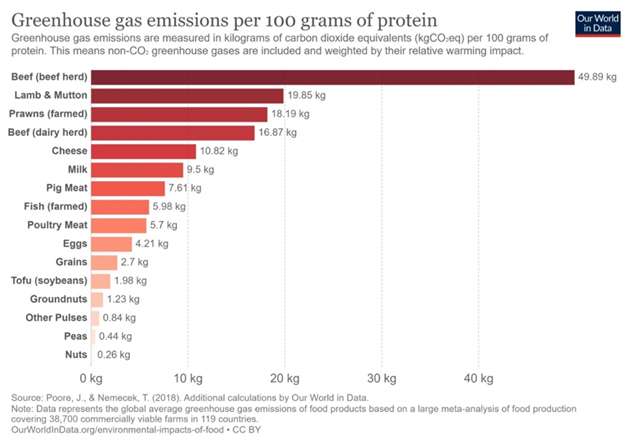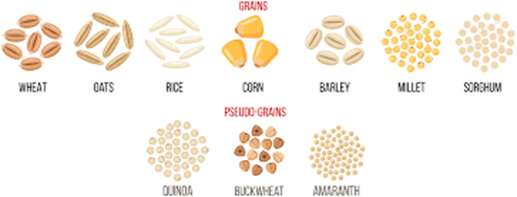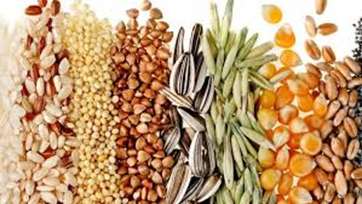
Global Food Supply – A Growing Crisis
Global Food Supply – A Growing Crisis
There is no escaping the reality that the cost to feed a family has risen significantly over the past year or so. Food prices along with energy costs are now the major drivers of inflation. In fact, food is becoming unaffordable for many even in developed countries – but it’s much worse for poorer nations. For years, it looked as if hunger around the world was declining. But in 2015, the trend began to turn. The number of people suffering from chronic hunger worldwide has climbed to 811 million as of 2021. Approximately 50 million people are facing emergency levels of hunger across 45 countries. What is going on?
All our food systems – agriculture, forestry, fisheries, and aquaculture – are buckling under the stresses of climate change (floods, droughts, fires, and more), lack of crop diversify, supply chain issues and waste. Consider the information presented below and then ask – is our global food supply stable – and sustainable in the coming decades? The facts are discouraging but having the facts is a starting point. With the requisite investment along with bold leadership, the situation is solvable. The main vulnerabilities of the global food supply are discussed below. More specifics and solutions will then be presented in the next series of articles.
MUCH OF THE PLANET’S LAND IS NOW FARMED
The graphic below clearly depicts the global situation. Seventy-one percent of the land on earth is theoretically habitable for humans. A massive fifty percent of that habitable land has already been converted for agricultural use. This includes – 70% of the world’s grasslands, 50% of the savannah, 45% of the temperate deciduous forest, and 27% of the tropical forest, according to a report by the United Nations Convention to Combat Desertification (UNCCD).
This conversion of land accelerates the loss of biodiversity. As areas of grasslands and forests and other wild ecosystems are cleared to create farmland, there is continued loss of crucial habitat, making agriculture the most significant driver of wildlife extinction. Recent research has revealed that humans have wiped out 70% of the animal population in the last 50 years. Livestock animals now make up over 60% of all mammals on earth.
Making matters even more untenable, livestock (including the growing of feed) takes up nearly 80% of global agricultural land yet produces less than 20% of the world’s supply of calories (as shown in the visualization). This means that what we eat is more important than how much we eat in determining the amount of land required to produce our food. If people all over the world were to adopt the average diet of the United States and Canada (due to high meat consumption), we would need to convert all our habitable land to agriculture, and we’d still be 38% short.
Farming methods along with increasing frequencies of drought and flood episodes are also greatly impacting crop yields. A recent report has revealed that soil is vanishing ten times faster than it can be naturally replenished. As a result, 500 million people are now living in regions that are essentially transforming into desert.
THE MEAT INDUSTRY – AN OUTSIZED ENVIRONMENTAL IMPACT
The entire system of food production, including the use of farming machinery, spraying of fertilizer, emissions from animals, and the transportation of products, is responsible for about 35% of all greenhouse gas emissions from human activity. This is more than double the entire emissions of the United States. Currently, meat production produces twice the carbon emissions than growing and processing plant-based foods. Beef is the worst – responsible for 8.5% of human-induced climate emissions. To quote an editorial in the Guardian – “By cooking meat, people are cooking themselves”.
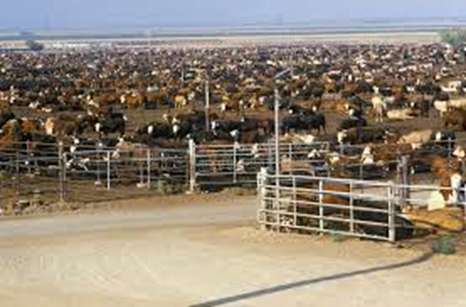
The overall impact of the industrial meat industry is made even worse because of its association to deforestation. A football pitch-sized tract of forest is lost every second somewhere around the world because of agricultural expansion; meat production is the single biggest cause. These forests are ‘the lungs of the world’ given their ability through photosynthesis, to sequester carbon dioxide.
DIMINISHING CROP DIVERISTY (MONOCULTURE)
Can we learn from history? The Irish Potato Famine, also known as the Great Hunger, began in 1845 when a mold known as Phytophthora infestans caused a destructive plant disease that spread rapidly throughout Ireland. The infestation ruined up to one-half of the potato crop that year, and about three-quarters of the crop over the next seven years. This crisis was the result of mono-culture – the reliance on one plant species as a food source that was nearly wiped out from plant disease.
Since the start of the Agricultural Revolution, scientists believe that humans have cultivated more than 6,000 different plant species. Over time though, farming practises gravitated toward planting those with more desired properties such as yield, appearance, taste, growth rates, etc. Today – just four crops – wheat, rice, maize and soy – account for almost 60% of the calories grown by farmers.
As learned from history, such a reliance on a small number of crops has made global agriculture vulnerable to pests, plant-borne diseases, and soil erosion, which thrive on monoculture. It has also meant losing out on the resilience of other crops that may have a better ability at surviving drought and other natural disasters.
The production of these crops is now highly concentrated in a handful of “bread-basket” nations. These include Pakistan – where one-third of the land has been flooded, along with Russia and Ukraine, now at war.
Adding to the concern of the global food supply is consolidation of corporate control – and thus the lack of competitiveness. These few monopolies seem to be a powerful, unique, and poorly understood sector. There are four major corporations (Archer Daniels Midland (ADM), Bunge, Cargill, and Louis Dreyfus), that control as much as 90 per cent of the global grain trade.
It’s clear that the global food supply is vulnerable to system failures. The production of food world-wide is a significant contributor of carbon emissions, but also drastically impacted by the resulting climate change. There are solutions – and these will be addressed in the next series of articles – that will cover:
- How reducing meat consumption will be one of the most significant ways to reduce global carbon emissions with the added benefit of better health outcomes.
- Changing the approach to agriculture – soil management, reduced use of fertilizers etc.
- Water issues – sustainable food production requires much better water management systems.
- Food waste – About one-third of all food produced worldwide goes to waste.
